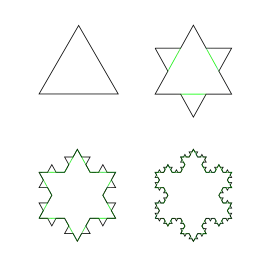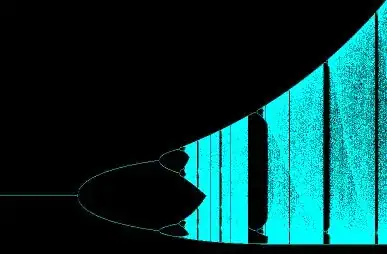The accepted answer restricts itself to fractals, which makes it correct but does not answer the OP's question as stated.
Fractals
The following are reflections on the task of explaining what a fractal is and isn't. (Here, M is to be considered the as yet undefined subject OP wants to explain.)
If you consider M a set, leave out 0i. You are explaining a set, not a subset.
M is a field, not a set.
Understanding this difference helps understanding why M is not a fractal by Mandelbrot's definition. Anyone can visualize any iterative formula in any way they choose, it's completely ad hoc.
This is where general confusion starts, because a Mandelbrot looks sort of like the other fractals. Quaternions look like fractals only because we choose to visualize slices, because the dimensions do not fit our visualization or geometry generation preferences. In other words, visualizations are not limited to projections etc, although they can yield interesting mathematical connections being less ad hoc.
As with familiar geometries, to make a connection with physics, the connection must be proven, or it remains a mathematical abstraction. Such proof seems elusive, so I would tone down the connection to Nature in a presentation, even though reducing a coastline in dimension to a length creates a valid understanding of fractals, and growth patterns of plants match fractals well in the contexts of scale and subdivision (as presented in the accepted answer).
Teaching
Explaining a concept to someone for which it is advanced is a challenge. It means you must understand it all the better to not leave a step unexplained or use lax (incorrect) terminology which halts understanding at some point. It's very hard indeed, it's much easier to be this strict in writing than in a presentation, because there is time for reflection and feedback.
Most mathematicians are more familiar with arithmetic functions and successive approximation methods to find roots I think, and so may find trouble explaining this face to face if not equally prepared.
Understanding
From your qualifications, I think Weintraub's proof that M is a field will let you find distinctions on which to build an understanding of what fractals and Mandelbrots are.
I think the Coastline Paradox page is a solid foundation on which to build an explanation, and in the Iterated Function System section under the Fractals heading, you will find more fractals.
From these, understanding that only the boundary of the Mandelbrot field is a fractal might aid explanation.



